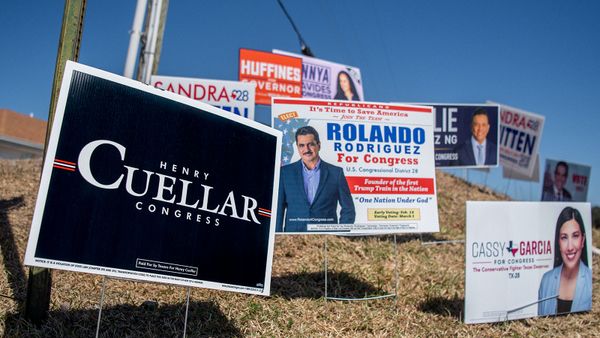
The 2022 midterm elections are fast approaching and if you live in a state with a hotly contested race, you're probably being blasted by political TV ads. By late September, campaigns across the United States had already spent more than $6.4 billion on ads (TV, print and online), and are expected to spend a total of $9.7 billion by Election Day in November, far more than both the 2018 and 2020 elections.
This year's record spending on TV and other types of political ads reflects the "high stakes" of the 2022 midterms, says Christopher Warshaw, a political science professor at George Washington University. The Senate is split 50-50 and the Democrats hold the House of Representatives by a slim nine-seat majority.
Advertisement
"Campaigns hope that by buying a few extra thousand ads they can put their candidates over the top and win control of the government for their party," says Warshaw, who published a study in 2022 in American Political Science Review, with two other researchers, on the effectiveness of political TV ads. "The American public is more polarized than ever before, but there's still this swath of independent voters in the middle who are trying to decide."
And political ads, despite how annoying and even stressful they can be, have proven effective, especially in the tightest races. Even a bombardment of ads doesn't necessarily turn people off. The study authors found "only modest evidence that the 1,000th ad is less effective than the 10th," according to their Washington Post article.
Advertisement


